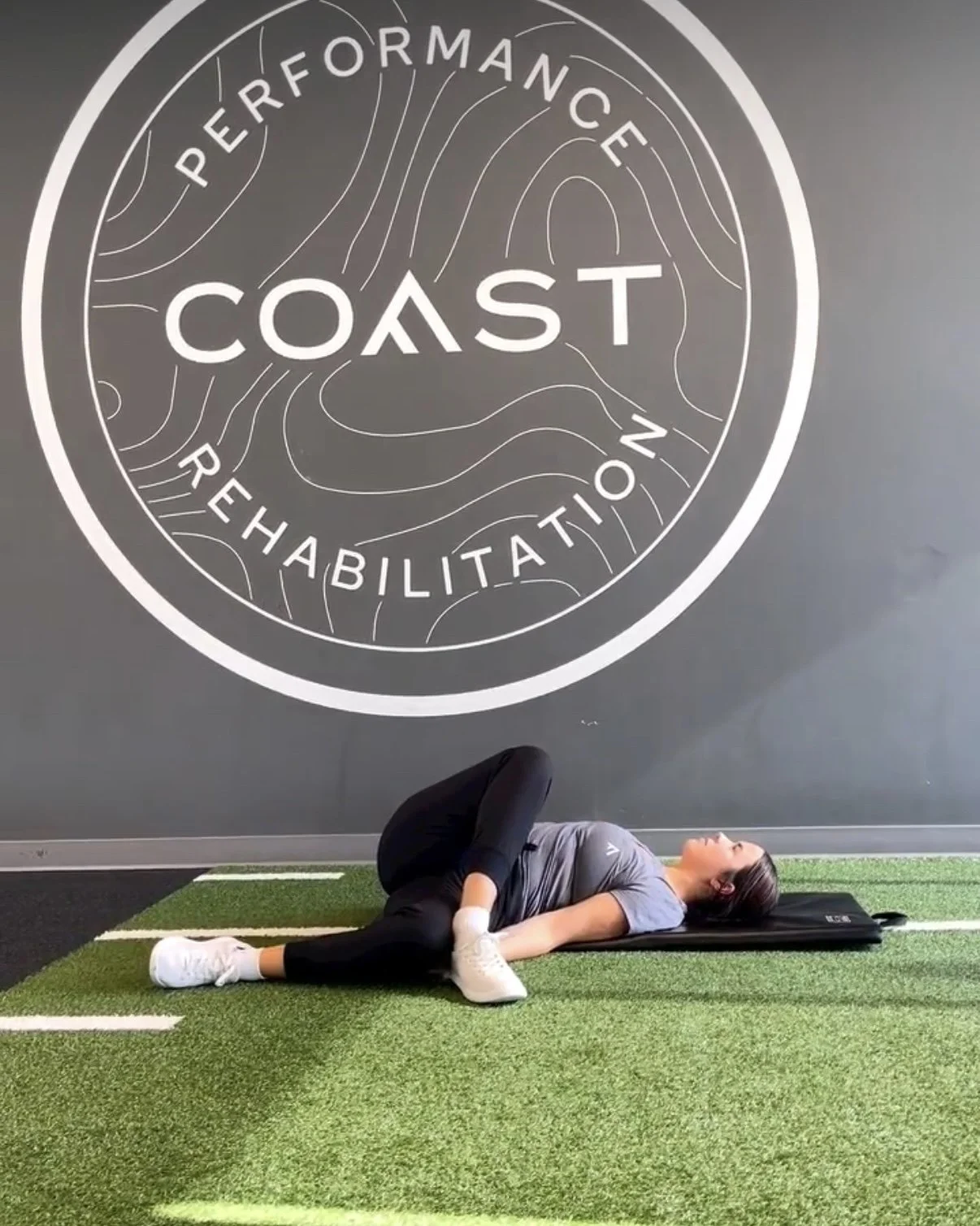Hip pain can manifest itself in different ways, such as tightness and/or aching in the hip joint, groin, thigh, or buttocks. This may become worse with movement such as walking and be uncomfortable when you are sitting. Another symptom may include reduced strength and stability as well as limited mobility.
What Muscles Make Up The Hip Joint
The hip joint is made up for a very complex network of muscle groups and is a connection point between the legs and the core. These muscle groups include the glutes, hip flexors,hip adductors, hip abductors and deep rotators.
The hip joint is a pretty amazing feat of engineering. Not only can it support and stabilize the weight of the body even when moving, but it also allows for a wide range of motion. Think of all the different ways your hips can move (flexion/extension, abduction/adduction, and rotation). Without the hip joint, you couldn’t walk, run, jump or even sit and stand!
How To Keep Your Hips Healthy
To keep your hips healthy and pain-free, focus on building strong supportive muscles in your core, glutes, hip flexors and hamstrings. Also incorporate stretches and exercises that help to maintain mobility, keeping in mind all the different ways our hips can move.
To help build strong and resilient hips, here are three hip exercises to your daily routine that will improve mobility and strength, preventing a lot of unnecessary hip pain:
Twisted Figure Four
Here’s a deep hip stretch, but with a twist! The Figure Four stretch targets the outsides of your hips and your glute muscles, specifically the gluteus medius, while the Twisted also gets into the TFL (located on the outside of your thigh) as well as the external hip rotators.
Start in a Figure Four Stretch.
Pull your leg towards you and then lower it to the ground.
ry to keep both hips on the ground when you twist.
Do each side twice for about 30 seconds each.
Do you spend your day sitting at a desk? You may have tight, sleepy and weak hip flexors. Strong hip flexors can help prevent a spectrum of injuries and lower body issues. Here's a great exercise for strengthening your hip flexors.
Psoas March
Lay on your back with your knees bent in at a right angle and a neutral spine
Wrap a tension band around your feet, keeping tension throughout the exercise
Extend one leg and slowly bring the leg back, then repeat on the other side
Complete 1-3 sets of 8 to 12 reps
This spicy version of a glute bridge fires up the hamstrings, hip flexors, lower back muscles, and glute muscles (gluteus maximus, gluteus medius, and gluteus minimus).
The key to achieving best results from this glute bridge is to not arch through the back as you lift your hips and to really think about lifting and engaging your glute muscles.
If you don’t have a bench or something to lay on, you can do this exercise from the ground with similar results.
Single Leg Glute Bridge
Rest your shoulders and upper back against a bench.
Position your left foot under your knee to create a 90 degree angle and extend your right leg so that all the weight is supported by your left leg.
Drive your heel into the ground as you lift your hips by engaging your glutes as high as you can without arching your back.
Lower your hips and repeat for 30-45 seconds, then switch legs.
Keep Your Hips Moving With Expert Guidance
Maintaining hip mobility and strength is essential not only for pain relief but also for achieving long-term performance and preventing injuries. If you're experiencing tightness, discomfort, or instability in your hips, working with a rehabilitation expert, such as a Physiotherapist, Athletic Therapist, or Kinesiologist, can help you restore function and stay active. A personalized program that includes manual therapy and targeted exercises can make a lasting difference in how your body moves and feels.





